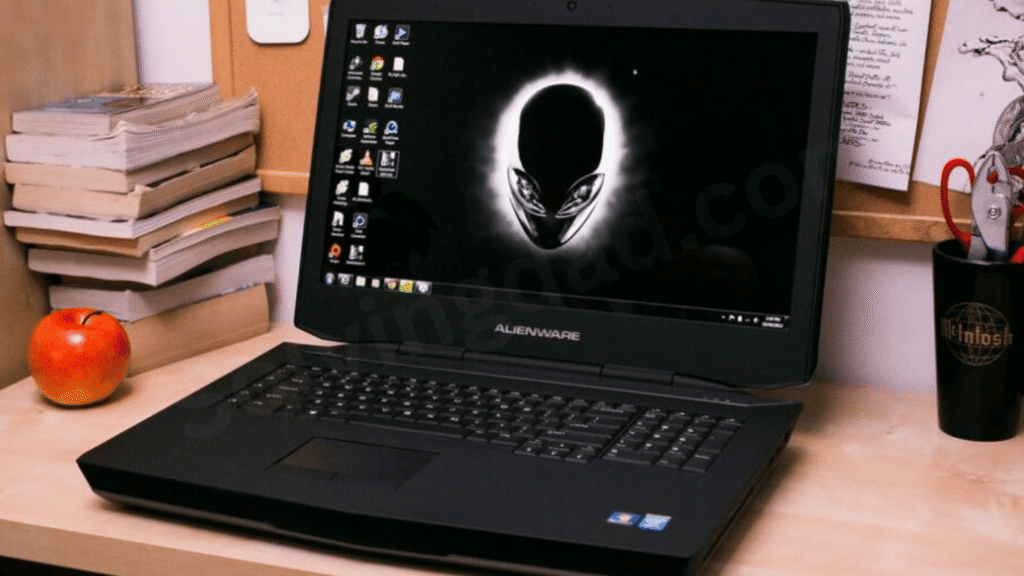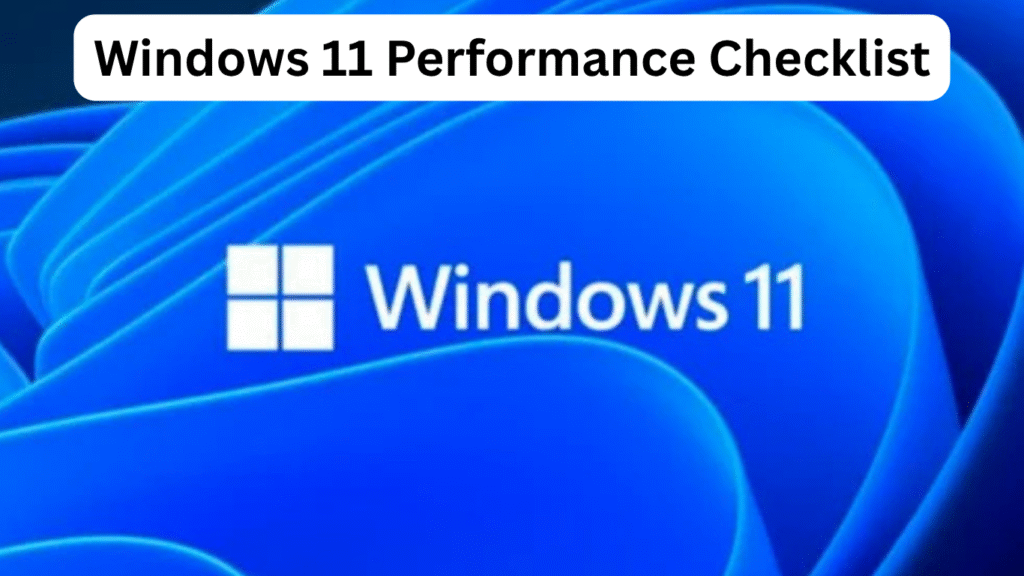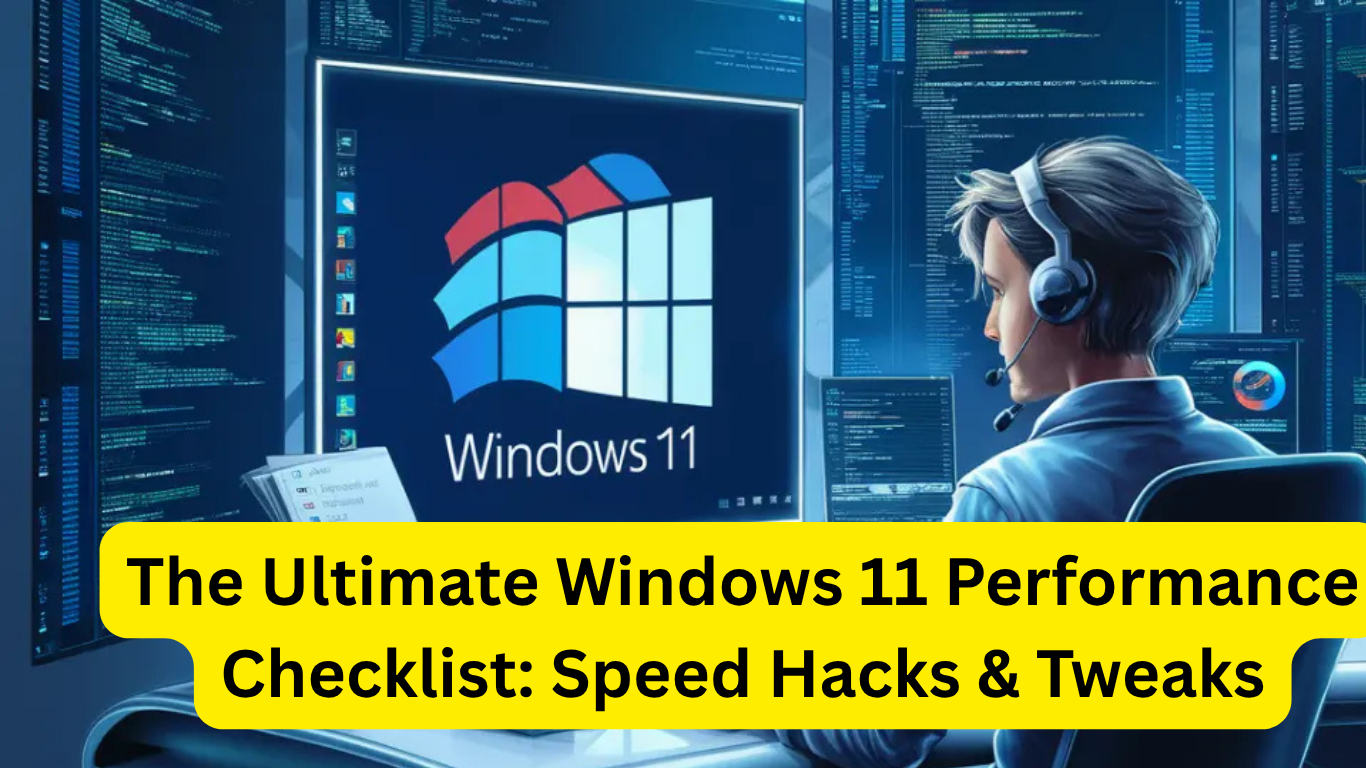The Ultimate Windows 11 Performance Checklist: Speed Hacks & Tweaks is your go-to guide to unlock your PC’s full potential. Whether you’re a gamer, student, or remote worker, a slow system is frustrating. Windows 11 comes with a sleek interface, but its default settings aren’t always optimized for peak performance. This guide covers the best proven tweaks and settings adjustments to help you speed up Windows 11 without installing third-party software.
Is Windows 11 Stable and Reliable in 2025?
Table of Contents
Let’s dive into the checklist that will turn your sluggish Windows 11 device into a faster and smoother machine.

1. Disable Startup Programs
Too many startup programs can slow down boot time.
How to Do It:
- Press Ctrl + Shift + Esc to open Task Manager
- Go to the Startup tab
- Right-click and disable unnecessary apps like Teams, OneDrive, Spotify, etc.
Tip: Keep antivirus and essential apps enabled.
2. Turn Off Visual Effects for Best Performance
Windows 11 looks pretty, but animations and transparency effects consume resources.
How to Do It:
- Press Windows + I to open Settings
- Navigate to System > About > Advanced system settings
- Under Performance, click Settings
- Choose Adjust for best performance or customize by disabling:
- Animate windows when minimizing
- Show shadows under windows
- Transparency effects
3. Uninstall Bloatware & Unnecessary Apps
One of the most overlooked speed hacks in the Windows 11 performance checklist is removing apps you never use.
How to Do It:
- Go to Settings > Apps > Installed apps
- Review the list and uninstall games, trials, or OEM tools you don’t need
Read more: How to Remove Bloatware & Ads in Windows 11—Step‑by‑Step
4. Enable Storage Sense
Junk files accumulate over time, slowing your PC.
How to Enable:
- Open Settings > System > Storage
- Turn on Storage Sense
- Set automatic cleanup for temporary files and recycle bin
5. Use an SSD Instead of HDD
If you’re still using an HDD, upgrading to an SSD is the most impactful performance boost on this checklist.
Why SSDs Matter:
- SSDs load Windows and apps much faster
- Reduce boot times from minutes to seconds
Need help upgrading? Read our tutorial on how to clone your Windows 11 to SSD.
6. Adjust Power Settings to High Performance
Windows 11 often defaults to “Balanced” mode, limiting CPU usage.
How to Change:
- Go to Settings > System > Power & Battery > Power mode
- Select Best performance
For desktop users, this tweak alone can make a noticeable difference.
7. Keep Windows Updated
Performance patches and security updates can fix system slowdowns.
How to Check:
- Go to Settings > Windows Update
- Click Check for updates
Also, ensure your device drivers (especially GPU and chipset drivers) are updated from the manufacturer’s site.
8. Disable Background Apps
Some apps run in the background and consume resources.
Steps:
- Open Settings > Apps > Installed Apps
- Click on the app, then go to Advanced options
- Set Background apps permissions to Never
Do this for apps like Cortana, Xbox Game Bar, Skype, etc.
9. Clean Up Temporary Files Manually
Storage Sense is good, but sometimes you need a deeper clean.
Steps:
- Press Windows + R, type
temp→ Delete all files - Again, type
%temp%→ Delete all files - Finally, type
prefetch→ Delete all files
Repeat monthly for best performance.
10. Upgrade Your RAM (If Possible)
If you’re a multitasker or gamer, having 8GB or less RAM can bottleneck your PC.
Read more: Is 8GB RAM enough Windows 11?
Benefits of More RAM:
- Faster app switching
- Smoother gaming
- Better browser performance with multiple tabs
Final Thoughts
The Ultimate Windows 11 Performance Checklist: Speed Hacks & Tweaks empowers you to take control of your PC’s speed without needing technical expertise. Apply even half of these tips and you’ll notice a significant improvement in boot times, app load speed, and overall responsiveness.
Keep your system light, clean, and updated to enjoy Windows 11 the way it was meant to be—fast and smooth.
FAQs: Windows 11 Performance Checklist

How can I make Windows 11 faster without upgrading hardware?
Use this performance checklist to disable unnecessary startup programs, turn off visual effects, uninstall bloatware, and adjust power settings.
Does Windows 11 have built-in tools for performance improvement?
Yes! Tools like Storage Sense, Power Mode, and Windows Security help optimize performance without external software.
Is it safe to delete temporary files manually?
Yes, but avoid deleting system files. Stick to temp, %temp%, and prefetch folders only.
How often should I do performance maintenance?
Perform basic maintenance (updates, temp file cleanup) once a month for optimal results.
Will disabling background apps affect notifications?
Only if you disable messaging or communication apps. Be selective based on your usage.
Can I use built-in Windows 11 troubleshooters to improve performance?
Yes! Windows 11 includes built-in troubleshooters that can detect and fix performance-related issues automatically.
Read more:
Is Windows 11 Stable and Reliable in 2025?
How to Clean Install Windows 11 Without Bloatware (2025 Method)
How to Customize the Windows 11 Context Menus for Faster Workflow
